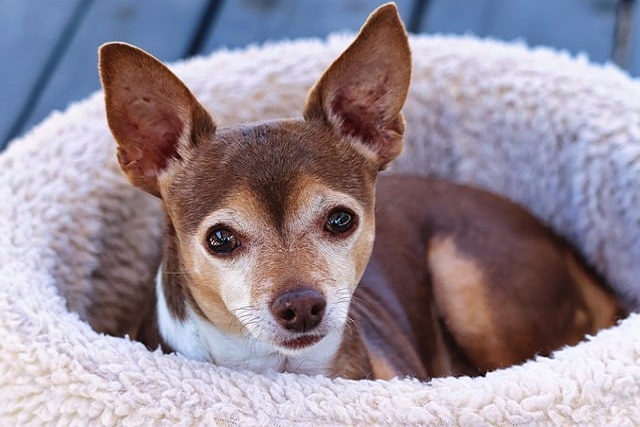
How can I tell if my dog's heatstroke is serious
Let’s be real: It’s a sticky August morning in Los Angeles, and you took your 2-year-old Golden Retriever, Max, for a walk a little later than usual
If you’ve ever found your couch, clothes, and even your morning cereal dusted with dog fur, you’re probably wondering: Is there a specific month when this gets worse? For new dog owners across the U.S., this question pops up like clockwork—and the answer ties to nature’s own schedule.
Dogs shed most in response to changing seasons, driven by daylight hours and temperature shifts. Veterinarians and behaviorists call this “seasonal shedding,” and it peaks twice a year: typically March through May, and September through November. Let’s break it down: In spring, dogs lose their thick winter undercoats to prep for warmer weather—think of a Husky ditching its heavy “parka” for a lighter summer layer. Come fall, they grow that winter coat back, shedding the summer fur in the process. A groomer in Atlanta once told me, “March is when my shop’s vacuum bags fill up fastest— Labs and Goldens leave enough fur to make a whole new puppy!”
So how do you handle it? Invest in a slicker brush for long-haired breeds or a rubber grooming mitt for short-haired pups. Brush your dog outside if possible, or lay an old sheet on your apartment floor to catch clumps (this saves your vacuum from clogging, a must for renters in cities like Portland where landlords check vents). Aim for 15 minutes a day—this not only cuts down on loose fur but also turns grooming into bonding time. Toss in a treat when your dog stays calm, and you’re nailing positive reinforcement without even trying.

Compliance-wise, shedding itself isn’t regulated, but keeping up with care ties into legal responsibilities. Make sure your dog’s rabies vaccine is current—states like Texas require proof of it by 4 months old, and many dog parks or groomers won’t let unvaccinated dogs in. And when those post-brush walks take you through the neighborhood? Pack those poop bags. Cities like Philadelphia fine up to $50 for skipping this, and it’s just good neighborly sense.
Culturally, never scold your dog for shedding—it’s as natural as breathing. Yelling or tapping their side when they shake off fur will only stress them out, making grooming a battle. Instead, laugh it off and turn cleanup into a game (“Who can find the biggest fur ball?”). This aligns with America’s focus on positive, fear-free pet care.
For apartment dwellers, a little extra effort goes a long way. Wipe down your dog’s paws after walks to avoid tracking fur into elevators, and run a lint roller over their bed weekly—your neighbors won’t mind sharing the hall if your pup isn’t leaving a trail. During community walks, keep them on a short leash to prevent fur from rubbing onto others’ clothes, especially kids or seniors.
In the end, those peak shedding months are just nature’s way of keeping your pup comfortable. With the right tools, a little patience, and respect for the rules, you’ll both get through it—with a little less fur on the couch, and a lot more trust between you.

Let’s be real: It’s a sticky August morning in Los Angeles, and you took your 2-year-old Golden Retriever, Max, for a walk a little later than usual

You're enjoying a summer afternoon at the park when you notice your dog has stopped panting and appears disoriented - their gums are bright red

Let’s paint the picture: You’re in your Denver apartment, watching your 4-year-old Boston Terrier, Ruby, plop down mid-play session with her favorite toy

Many dog owners notice their pets nails seem shorter after regular walks,but how much does this daily activity actually help?The answer depends on where you walk—concrete sidewalks or asphalt streets gently file nails as a dog's paws hit the ground

Most dog owners notice their pup scooting across the carpet at some point, but few connect it to impacted anal glands. These small sacs near a dog’s rectum secrete a scent for marking territory

Most vets agree that regular dog teeth cleaning is key to avoiding painful dental issues later. For healthy adult dogs, a professional cleaning at the vet’s office every 12 to 18 months usually works well.